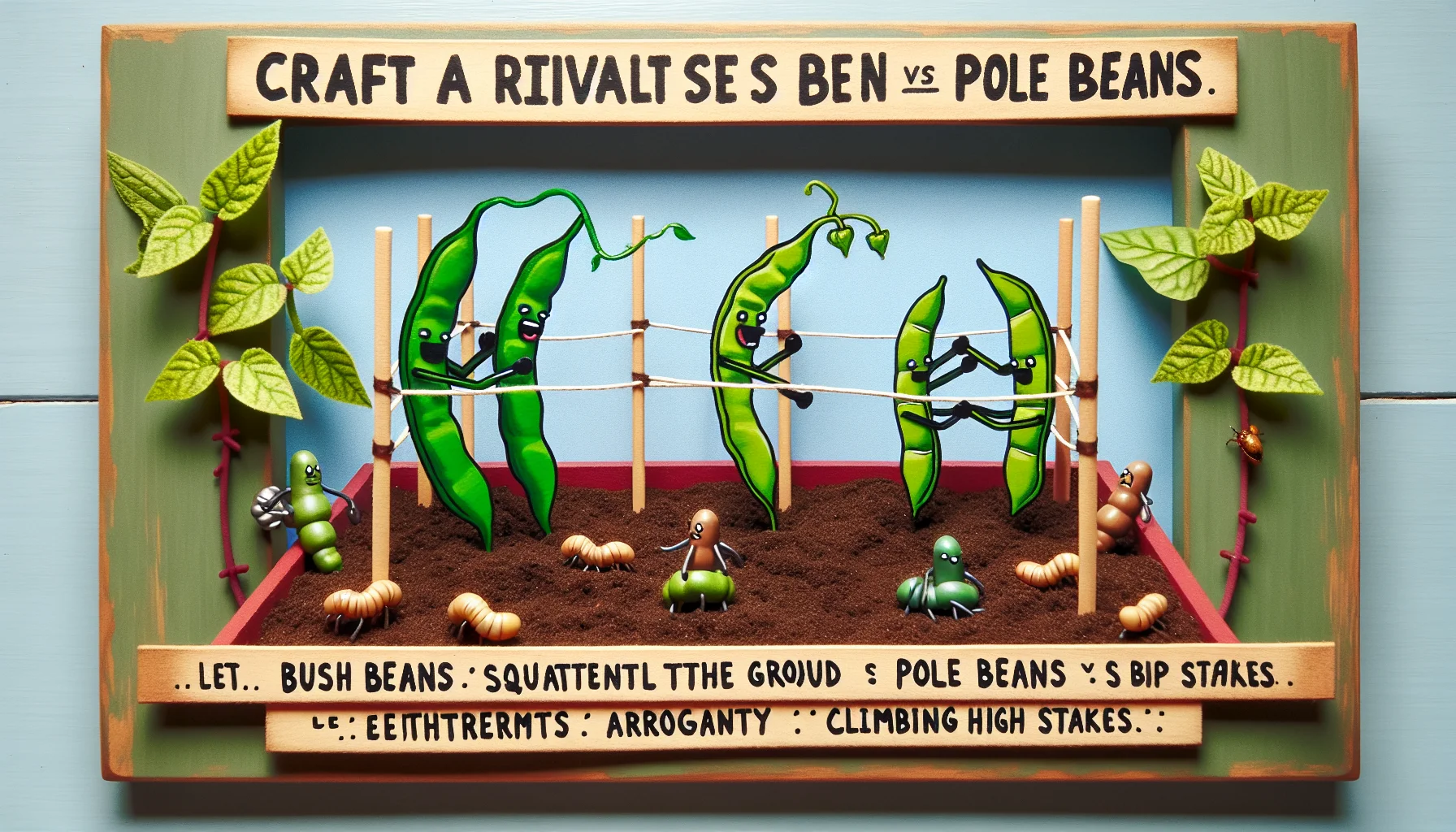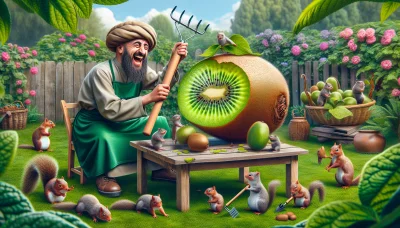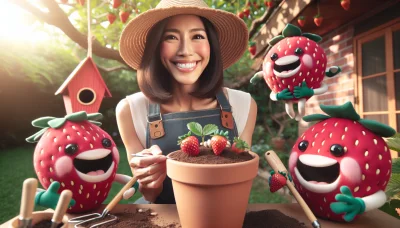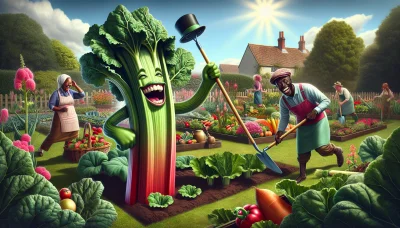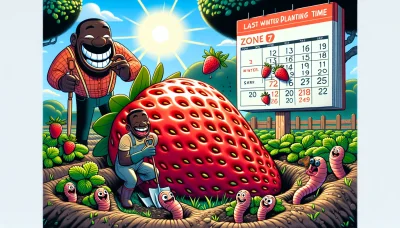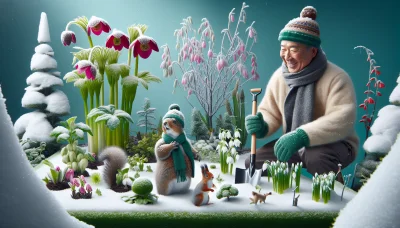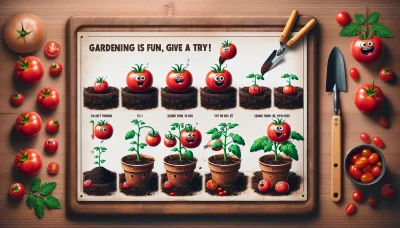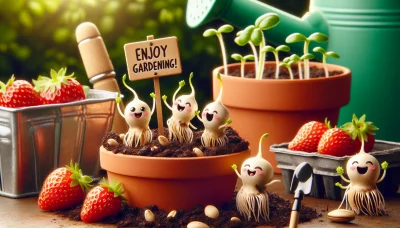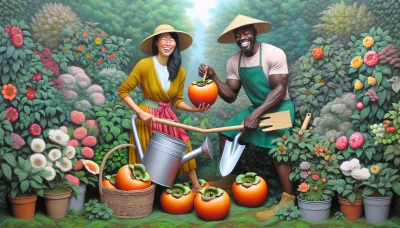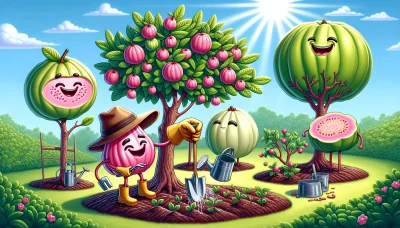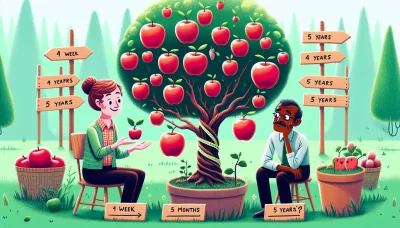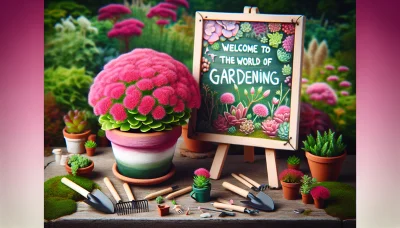Bush beans vs pole beans Quiz
Test Your Knowledge
Question of
Bush Beans vs Pole Beans: An Overview
In the world of gardening, bush beans and pole beans represent two distinct approaches to growing this popular vegetable. Bush beans, as their name suggests, grow in a bushy form, spreading outwards and typically reaching about two feet in height. This compact growth makes them ideal for gardeners with limited space or those who prefer not to use supports or trellises. On the other hand, pole beans grow vertically, requiring supports to climb, such as stakes, trellises, or towers. They can reach heights of up to 15 feet, depending on the variety and growing conditions. This vertical growth habit makes pole beans a favorite for those looking to maximize yield in a small area. Additionally, while bush beans tend to produce a single, concentrated harvest, pole beans often yield over a longer period, providing a steady stream of beans throughout the growing season.
Key Characteristics of Bush Beans
- Compact growth: Bush beans grow in a bushy shape, making them ideal for smaller gardens or spaces.
- Shorter maturity time: They typically mature faster than pole beans, usually within 50 to 55 days.
- No support needed: Unlike pole beans, bush beans do not require staking or trellises to grow.
- High yield: Despite their compact size, bush beans can produce a high yield in a small area.
- Easy to harvest: Their low growth habit makes bush beans easier to harvest without bending over too much.
- Suitable for succession planting: Due to their quick maturity, they are ideal for succession planting, ensuring a continuous harvest throughout the growing season.
- Disease resistance: Many bush bean varieties are bred for resistance to common bean diseases, making them a robust choice for home gardens.
- Variety of types: Bush beans come in a range of types, including green beans, wax beans, and dry beans, offering a variety of culinary uses.
Understanding Pole Beans
- Distinct Traits: Pole beans, also known as climbing beans, grow vertically, requiring support structures like trellises or poles.
- Growth Patterns: They have a vining habit, often reaching heights of 10 to 15 feet under optimal conditions.
- Extended Harvest: Unlike bush beans, pole beans produce over a longer period, offering continuous harvests throughout the growing season.
- Space Efficiency: Their vertical growth makes them ideal for small gardens where ground space is limited.
- Variety: They come in a wide range of varieties, including different colors and flavors, suitable for both fresh eating and preserving.
- Disease Resistance: Often, pole beans have better air circulation around the plants, which can reduce the risk of fungal diseases.
- Attractive to Pollinators: The flowers of pole beans can attract beneficial insects, including pollinators, to the garden.
Cultivation and Care
| Aspect | Bush Beans | Pole Beans |
|---|---|---|
| Planting Depth | 1 inch | 1 inch |
| Row Spacing | 18-24 inches | 36 inches |
| Support Structure | None needed | Required (trellis or poles) |
| Watering | Evenly moist soil | Evenly moist soil, more frequent due to vertical growth |
| Harvest Time | 50-55 days | 55-65 days |
| Yield | Concentrated harvest period | Continuous harvest |
| Maintenance | Minimal | Regular checking and training on supports |
Harvesting and Yield
Harvesting bush beans and pole beans requires attention to timing to ensure the highest quality and yield. Bush beans are generally ready for harvest sooner than pole beans, often within 50 to 55 days after planting. They produce most of their crop at once, making them ideal for those who prefer to harvest all at once. To harvest, gently hold the bean with one hand and the stem with the other, pulling lightly to avoid damaging the plant. In contrast, pole beans take a bit longer, usually 55 to 65 days to mature, but they have the advantage of producing beans continuously over a longer period. This staggered yield allows for regular harvesting, which can encourage further production. When harvesting pole beans, use the same gentle technique to avoid harming the vine. Yield differences between the two types are significant; while bush beans may offer a quicker, more abundant harvest initially, pole beans often provide a higher total yield over the entire season due to their continuous production.
Choosing Between Bush Beans and Pole Beans
Deciding whether to grow bush beans or pole beans in your garden hinges on a few key considerations. First, evaluate your available garden space. Bush beans are compact and require less room, making them ideal for smaller gardens or container gardening. On the other hand, pole beans grow vertically and will need support structures like trellises or poles, which makes them suitable for gardens where space can be optimized vertically. Additionally, consider your personal preferences, such as the ease of harvest and the aesthetic appeal of vertical gardening. While bush beans might be easier to pick without bending over, pole beans can offer a visually pleasing garden layout and can be easier on the back over the long term. Ultimately, your choice should align with your garden's spatial constraints, your readiness to invest in support structures, and your gardening goals.
